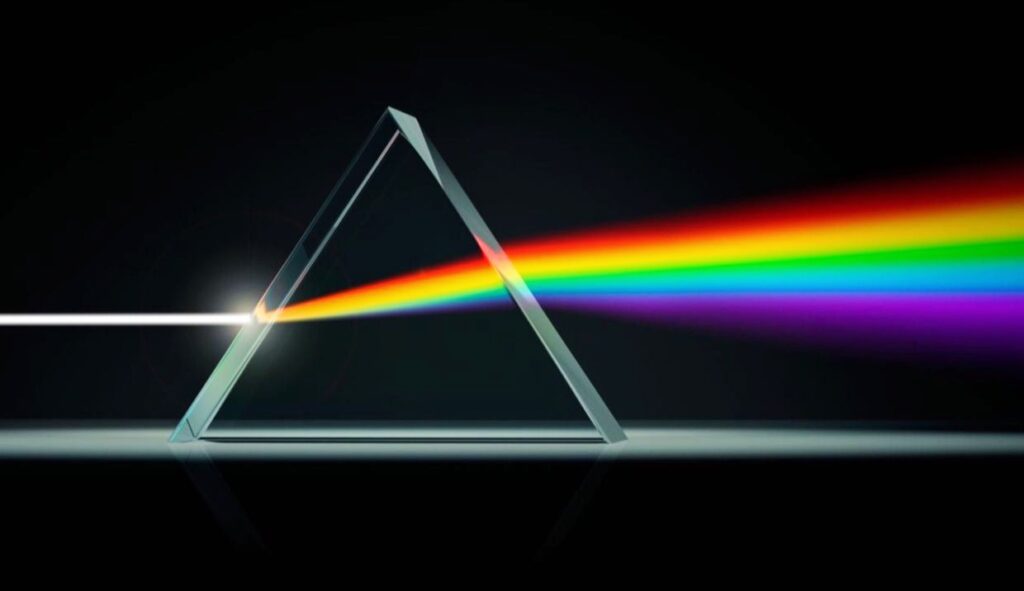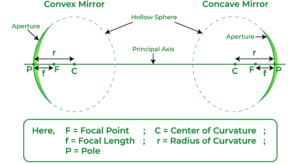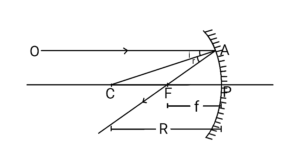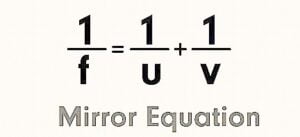Deviation without Dispersion :-

Deviation produced by flint glass prism for a colour is equal and opposite which produced by crown glass prism.
As a result, when the seven colours of light comes out through the flint glass prism, they combine to give a white light. Hence, there is no dispersion of light. This combination of prism is called achromatic combination of prism.
Dispersion without deviation :-

When the white light is incident on the crown glass prism, it is deviated as well as dispersed which fall on the flint glass prism. The deviation produced by crown glass prism for mean colour is equal and opposite to that produce by flint glass prism. So net deviation produce by the combination for mean colour is zero.
Also read :- Dispersion by a prism and Dispersion of light
- The deviation produce by crown glass for mean colour is δ = Α ( μ – 1 ).
Net deviation should be zero
i.e. δ + δ’ = 0
or Α ( μ – 1 ) + { – A’ ( μ’ – 1 ) } = 0
or A ( μ – 1 ) = Α’ ( μ’- 1 )
or A / A’ = μ’- 1 / μ – 1
Question 1. A thin prism having refracting angle 10⁰ is made of glass of refractive index 1·45 . This prism is combined with another thin prism of glass of refractive index 1·7 . This combination produces dispersion without deviation. The refracting angle of second prism should be-
solution:-
A = 10⁰
μ = 1·42
μ’ = 1·7
Α’ = ?
A’ / A = μ – 1 / μ’ – 1
Α’ = ( μ – 1 ) / ( μ’ – 1 ) A
= ( 1·42 – 1 /1·7 – 1 ) 10⁰
A’ = 6⁰





